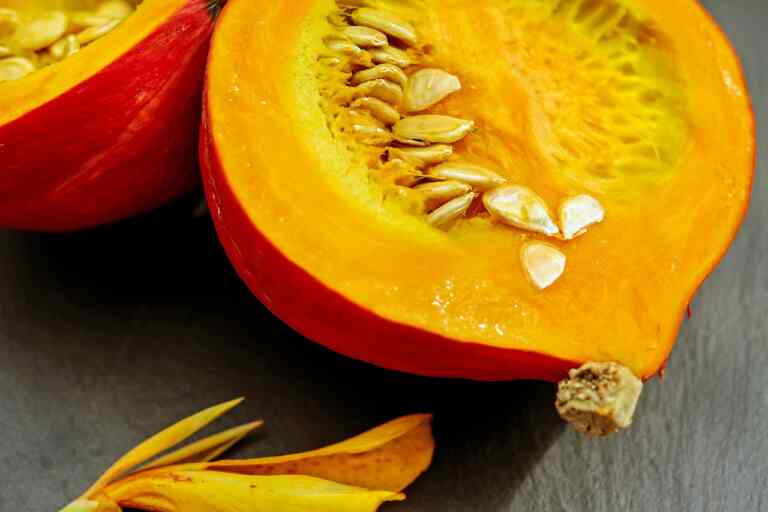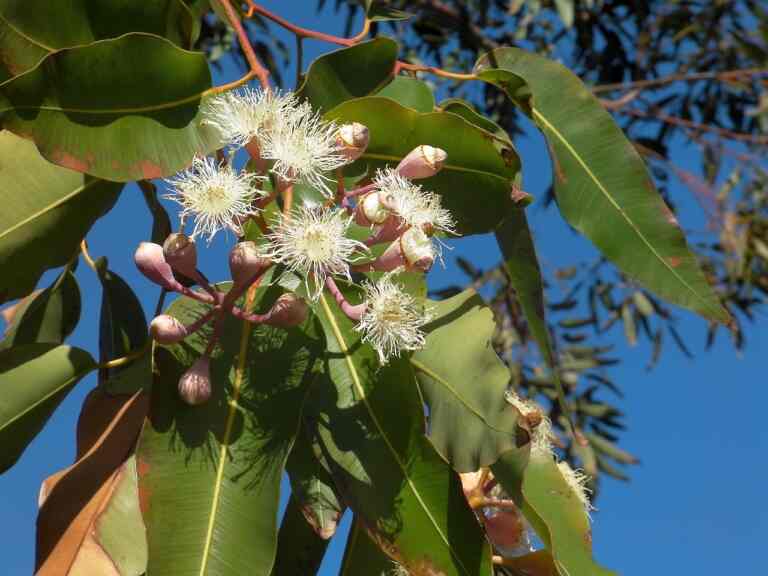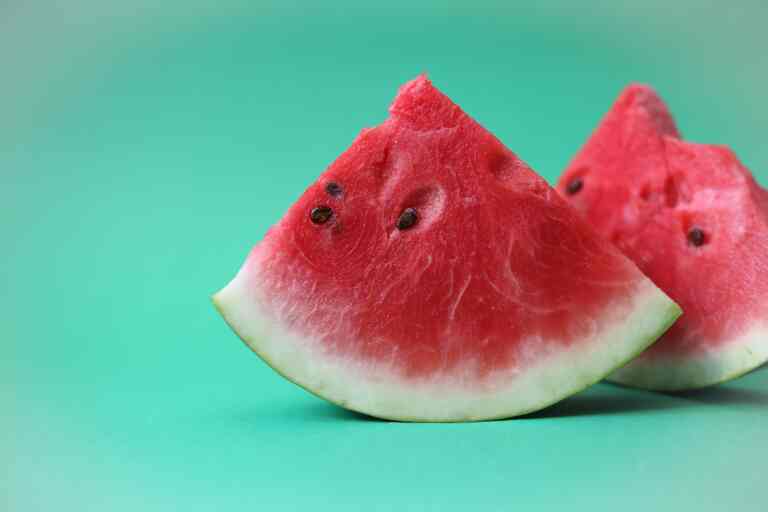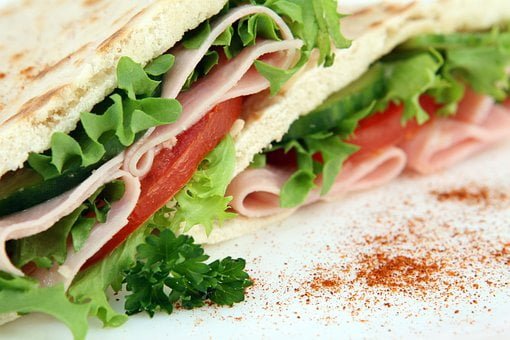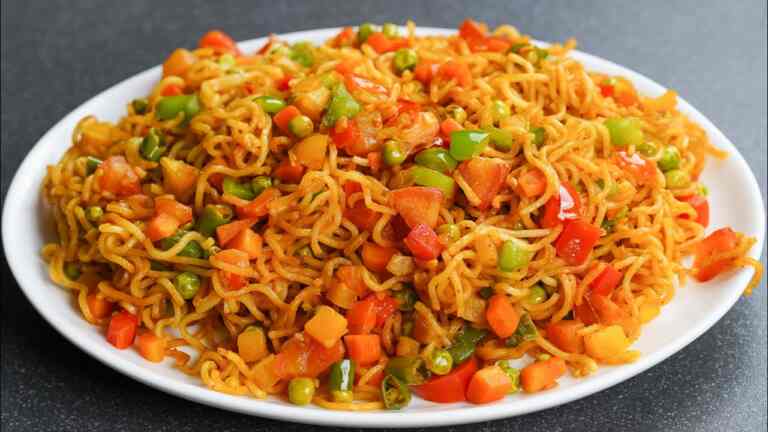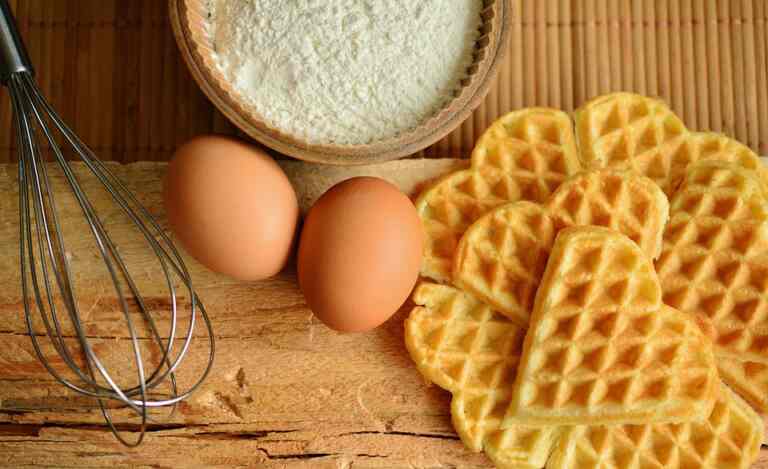Can we eat asparagus ends?
Can we eat asparagus ends? Yes, you can absolutely eat asparagus ends. While the tender tips of asparagus are often the most sought-after part, the ends are edible as well. To make them palatable, it’s essential to trim or peel the tough, woody portions from the ends. This can be done by gently snapping the spears at the point where they naturally break or by using a vegetable peeler to remove the outer layer.
Once prepared, you can cook the asparagus ends using various methods such as roasting, sautéing, steaming, or grilling. They can be incorporated into a wide range of dishes, from soups and stir-fries to omelets and salads. Don’t let the ends go to waste; instead, make the most of this nutritious and flavorful part of the asparagus plant while minimizing food waste.
The Culinary Debate: Consuming Asparagus Stems
The culinary world has long been engaged in a debate over whether consuming asparagus stems is a culinary delight or a culinary challenge. Asparagus, a springtime delicacy, is revered for its tender and succulent tips, which are often the star of the dish. However, the debate centers on the tougher, woody stems that require more attention during preparation. Some argue that these stems are entirely edible and can be transformed into delicious dishes with the right techniques.
These methods often involve snapping or peeling away the fibrous outer layer to reveal the more tender core. When properly prepared, the stems can add a delightful crunch and earthy flavor to various recipes, reducing food waste and expanding culinary possibilities. Others, though, prefer to discard the stems due to their toughness, opting for the tips alone. Ultimately, whether to embrace asparagus stems in your culinary repertoire is a matter of personal preference and experimentation in the kitchen.
Nutritional Value of Asparagus Ends
The nutritional value of asparagus ends, also known as asparagus stems or spears, is similar to that of the entire asparagus plant. Asparagus is a nutrient-rich vegetable that offers several health benefits. Here’s a breakdown of the nutritional content of asparagus ends:
- Low in Calories: Asparagus ends are low in calories, making them a great addition to a calorie-conscious diet. A typical serving (around 5-6 spears) contains approximately 20-25 calories.
- Dietary Fiber: Asparagus is a good source of dietary fiber, which aids in digestion and helps maintain a feeling of fullness. Fiber also supports heart health and helps regulate blood sugar levels.
- Vitamins: Asparagus ends are particularly rich in several vitamins, including:
- Vitamin K: This vitamin is essential for blood clotting and bone health.
- Vitamin A: Asparagus contains beta-carotene, a precursor to vitamin A, which is important for vision, skin health, and immune function.
- Vitamin C: Asparagus provides a decent amount of vitamin C, which supports the immune system and acts as an antioxidant, protecting cells from damage.
- Vitamin E: This vitamin plays a role in skin health and is an antioxidant.
- Minerals: Asparagus ends contain essential minerals, including:
- Potassium: Potassium helps regulate blood pressure and is crucial for muscle and nerve function.
- Folate (Vitamin B9): Folate is important for DNA synthesis and cell growth, making it particularly important during pregnancy.
- Antioxidants: Asparagus contains various antioxidants, such as glutathione, which can help protect cells from oxidative damage and support overall health.
- Prebiotic Properties: Asparagus contains inulin, a type of prebiotic fiber that promotes the growth of beneficial gut bacteria, contributing to digestive health.
- Anti-Inflammatory Properties: Some compounds in asparagus, like saponins, may have anti-inflammatory properties that can benefit overall health.
- Low in Fat and Sodium: Asparagus ends are naturally low in fat and sodium, making them a heart-healthy choice.
In summary, asparagus ends are a nutritious vegetable that can be part of a balanced diet. They provide essential vitamins, minerals, fiber, and antioxidants while being low in calories and fat. When properly prepared, they offer a tasty and healthful addition to various dishes, contributing to your overall nutritional intake.

Cooking and Preparing Asparagus Ends
Cooking and preparing asparagus ends require a bit of attention to ensure they are tender and flavorful. The first step in preparing asparagus ends is to trim or peel away the tough, fibrous outer layer, which is essential for a pleasant dining experience.
You can do this by gently snapping the spears where they naturally break or by using a vegetable peeler to remove the outer skin. Once you’ve prepped the ends, there are various cooking methods to choose from. Roasting asparagus ends with a drizzle of olive oil and your favorite seasonings brings out their natural sweetness and creates a delicious caramelized texture.
Sautéing them in a pan with garlic, butter, or lemon zest can add a burst of flavor. Steaming or blanching asparagus ends briefly can help maintain their vibrant green color and preserve their nutrients. Grilling asparagus ends is another popular option, imparting a smoky and charred flavor. Whichever method you choose, be mindful not to overcook them, as they can become mushy. With proper preparation and cooking, asparagus ends can elevate your dishes with their earthy, slightly nutty taste and provide a nutritious addition to your meals.
Tips for Reducing Food Waste with Asparagus
Reducing food waste with asparagus, or any vegetable, is not only eco-friendly but also budget-conscious. Here are some tips for minimizing food waste when working with asparagus:
- Use the Entire Spear: Don’t discard the tough ends of asparagus. Instead, trim or peel them as needed and use them in recipes that call for asparagus stems. For example, they work well in soups, stocks, and blended sauces.
- Store Properly: Store asparagus in the refrigerator. To keep them fresh, trim the ends, place them upright in a glass or container with a little water, and cover them with a plastic bag or damp cloth. This can extend their freshness for several days.
- Plan Your Meals: Plan your meals to include asparagus when it’s in season or on sale. This can help ensure you use it before it goes bad.
- Freeze Excess: If you have more asparagus than you can use, blanch it quickly in boiling water, then cool it in an ice bath before freezing. Frozen asparagus can be used in future dishes, such as stir-fries or casseroles.
- Compost Scraps: If you have asparagus trimmings or any other vegetable scraps, consider composting them rather than throwing them away. They can enrich your garden soil and reduce overall waste.
- Creative Leftovers: If you have leftover cooked asparagus, incorporate it into other dishes. Chopped asparagus can be added to omelets, salads, or pasta for extra flavor and nutrition.
- Portion Control: When buying asparagus, be mindful of how much you’ll realistically consume. Overbuying can lead to waste, so buy according to your needs.
- Repurpose Stale Asparagus: If you find slightly wilted asparagus in your fridge, you can revive it by soaking the spears in cold water for a while. This can help restore some of their crispness.
By following these tips, you can make the most of your asparagus, reduce food waste, and contribute to a more sustainable and budget-conscious approach to cooking.
Asparagus Ends in Various Cuisines
Asparagus ends, though sometimes overlooked, have found their way into various cuisines around the world, showcasing their versatility and ability to contribute unique flavors and textures to different dishes. In Mediterranean cuisine, asparagus ends often make appearances in dishes like grilled vegetable platters and Mediterranean salads, where their slightly charred and earthy taste complements other ingredients like olive oil, feta cheese, and fresh herbs.
In Asian cuisine, asparagus ends can be featured in stir-fries and noodle dishes, adding a delightful crunch and absorbing the flavors of soy sauce, ginger, and garlic. They also find their place in Japanese cuisine, where they are sometimes lightly blanched and served with a savory sesame dipping sauce.
In Italian cooking, asparagus ends can be used to enhance the flavor of risottos and pasta dishes. Their mild, nutty undertones blend beautifully with creamy sauces, cheeses, and aromatic herbs like basil and thyme.
In American and Western cuisines, asparagus ends are often roasted or grilled to develop a smoky, caramelized flavor, making them an excellent side dish or addition to salads. They can also be wrapped in bacon or prosciutto for an indulgent appetizer.
Asparagus ends can even be pickled to preserve their unique flavor and add a tangy element to appetizers and charcuterie boards.
The global appeal of asparagus ends demonstrates how this often-overlooked part of the vegetable can be a valuable addition to a wide range of culinary traditions, contributing depth of flavor, texture, and nutrition to dishes from around the world.
Potential Health Benefits of Asparagus Ends
Asparagus ends, like the rest of the asparagus spear, offer several potential health benefits due to their nutrient-rich composition:
- Rich in Vitamins: Asparagus ends are a good source of various vitamins, including vitamin K, which is essential for blood clotting and bone health; vitamin A, which supports vision and immune function; vitamin C, an antioxidant important for skin health and immunity; and vitamin E, which contributes to skin health and acts as an antioxidant.
- Dietary Fiber: Asparagus ends contain dietary fiber, which aids in digestion, helps regulate blood sugar levels, and promotes a feeling of fullness, potentially assisting with weight management.
- Folate (Vitamin B9): Folate is important for DNA synthesis and cell growth. It plays a crucial role during pregnancy to prevent neural tube defects and is also beneficial for overall health.
- Antioxidants: Asparagus ends contain antioxidants, including glutathione, which can help protect cells from oxidative damage. Antioxidants are associated with a reduced risk of chronic diseases.
- Low in Calories and Fat: Asparagus ends are naturally low in calories and fat, making them a healthy choice for those looking to manage their weight or reduce their overall calorie intake.
Conclusion
In conclusion, asparagus ends are a nutritious and versatile part of the asparagus plant that should not be overlooked. While they may require some attention during preparation, their potential health benefits and culinary value make them worth including in your diet. Asparagus ends are rich in vitamins, dietary fiber, and antioxidants, contributing to overall well-being.
Their low-calorie and low-fat profile make them a healthy addition to a balanced diet, and their potential to reduce food waste aligns with sustainable eating practices. By properly trimming, cooking, and incorporating asparagus ends into a variety of dishes, you can enjoy their unique flavor and texture while reaping the nutritional rewards. Whether you choose to roast them, sauté them, or add them to soups and salads, asparagus ends can elevate your culinary creations and promote a healthier lifestyle.
Related Posts
This article is reviewed by Russel, before publishing. If you have any doubt, you can contact us or consult with your nearby doctor. Remember, in medical matters, there is no same advice, cure, and medicine for all.


